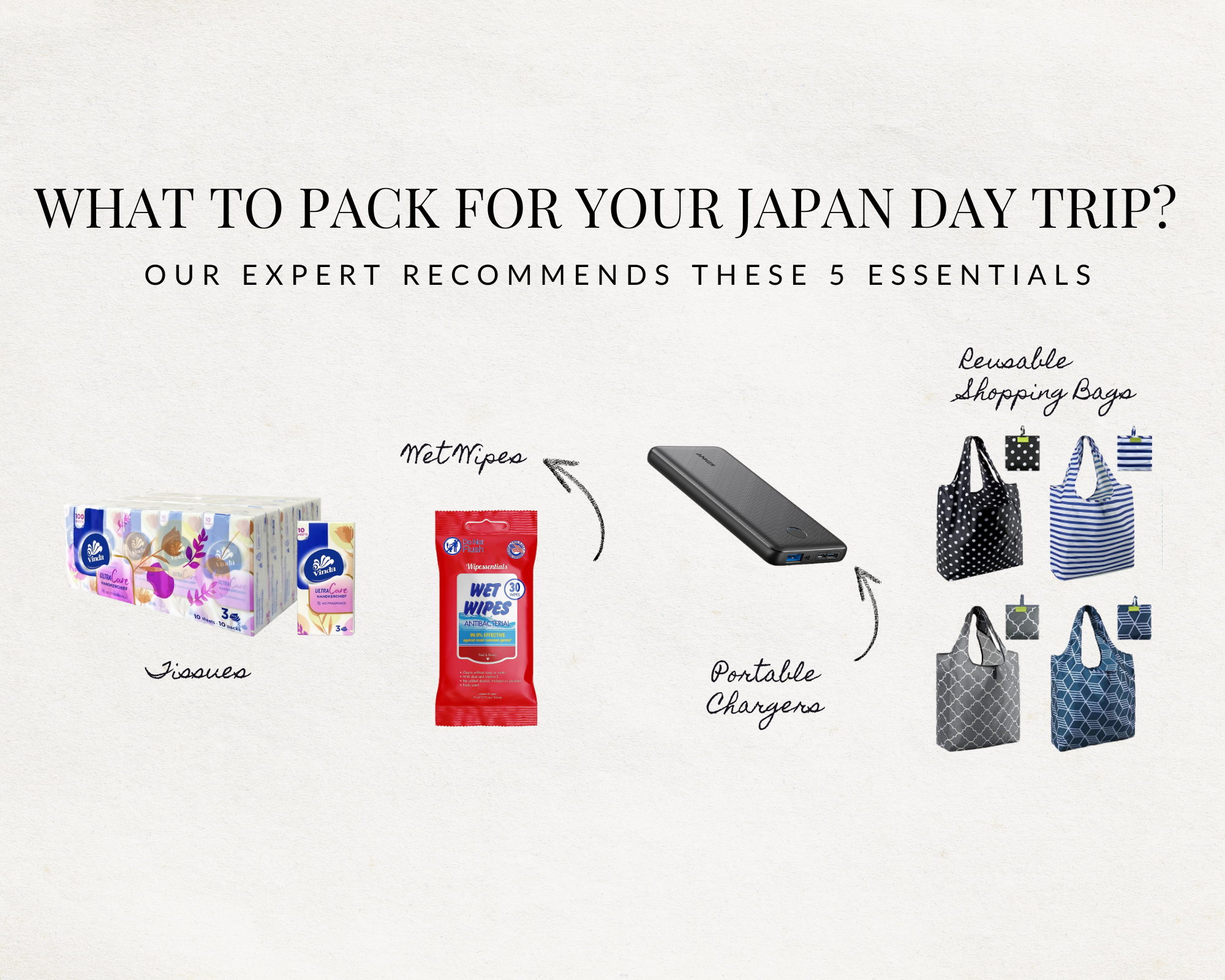What is social travel and is it right for you?
/Have you heard of social travel? We’re seeing it pop up in the travel trends for 2024 and wanted to share what we know about it and whether it’s the right option for you as you start making travel plans.
So what is social travel exactly? In simple words, it’s traveling with other travelers instead of traveling solo.
But honestly, it can vary dramatically from company to company because not all social travel or small group trips are created equally. If you are looking to do some social traveling in the next year, we recommend you research what social travel looks like with different companies and find the one that best suits your interests and goals.
At The Table Less Traveled, we host curated small group trips for the inspired traveler to Japan, Italy, and Peru. On these trips, you will connect with like-minded explorers through a shared love of flavor, cuisine, and interactions with our local friends.
This is what social travel looks like with The Table Less Traveled.
Social travel is small group sizes.
Our trips have just 6 - 12 travelers. This micro-group size lends itself to intimate experiences, personalized attention, and access to places that wouldn't be possible with larger groups. You'll share experiences and create memories with new friends you'll talk about for a lifetime. We found that 6 - 12 people is the perfect size so that way you can actually get to know the other travelers and not feel like you’re going to get lost in the shuffle. We all know that it can feel pretty lonely in a group of 30+ people.
Social Travel is a 24/7 tour host.
Let our tour host introduce you to friends on a hassle-free and unforgettable culinary journey. From the minute you land, we’ll guide you through interactions and local customs so you’re never left guessing. If you need personalized recommendations for dinner on your own or any additional assistance, your tour host is there to build relationships and make you feel comfortable.
Social travel is meeting like-minded travelers and friends.
Travel with a small group that shares your love of food and culture, and meet people on your trip that are passionate about sharing their culture with you. Think of these trips like a multi-day dinner party with new friends. So many of our travelers continue to get together year after year because of the shared experiences they had on one of our small group trips.
Social travel is available only a few times a year.
Because of the nature of the exclusive experiences on our trips, we only host a handful of trips each year. We call in favors from our friends around the world to bring our travelers unique experiences that they wouldn’t be able to find on their own. Check out when we’re running our trips for 2024 and see which dates work best for your schedule! We hope you can join us and create memories on your social travels!
Have any questions about our culinary group trips? Send us a message and we’ll be happy to hop on a quick call to talk about whether social travel is the right fit for you.
Travel with us around the world on one of our multi-day small group food tours. Check out our itineraries to Italy, Japan, Peru, and more! Join us as we visit tea farms in Japan, sip on limoncello in Italy, and savor ceviche in Peru.
If you’re traveling abroad and don’t know where to start or want to tap into our travel expertise to make the most of your trip, check out our Travel Coaching and Private Trips with booking service.
No matter where you travel, we always recommend purchasing travel protection to safeguard against sudden changes or cancellations. If you don’t already have a preferred vendor, you can check out ours - Travel Insured - which offers a “Cancel for Any Reason” policy.

























































































































































